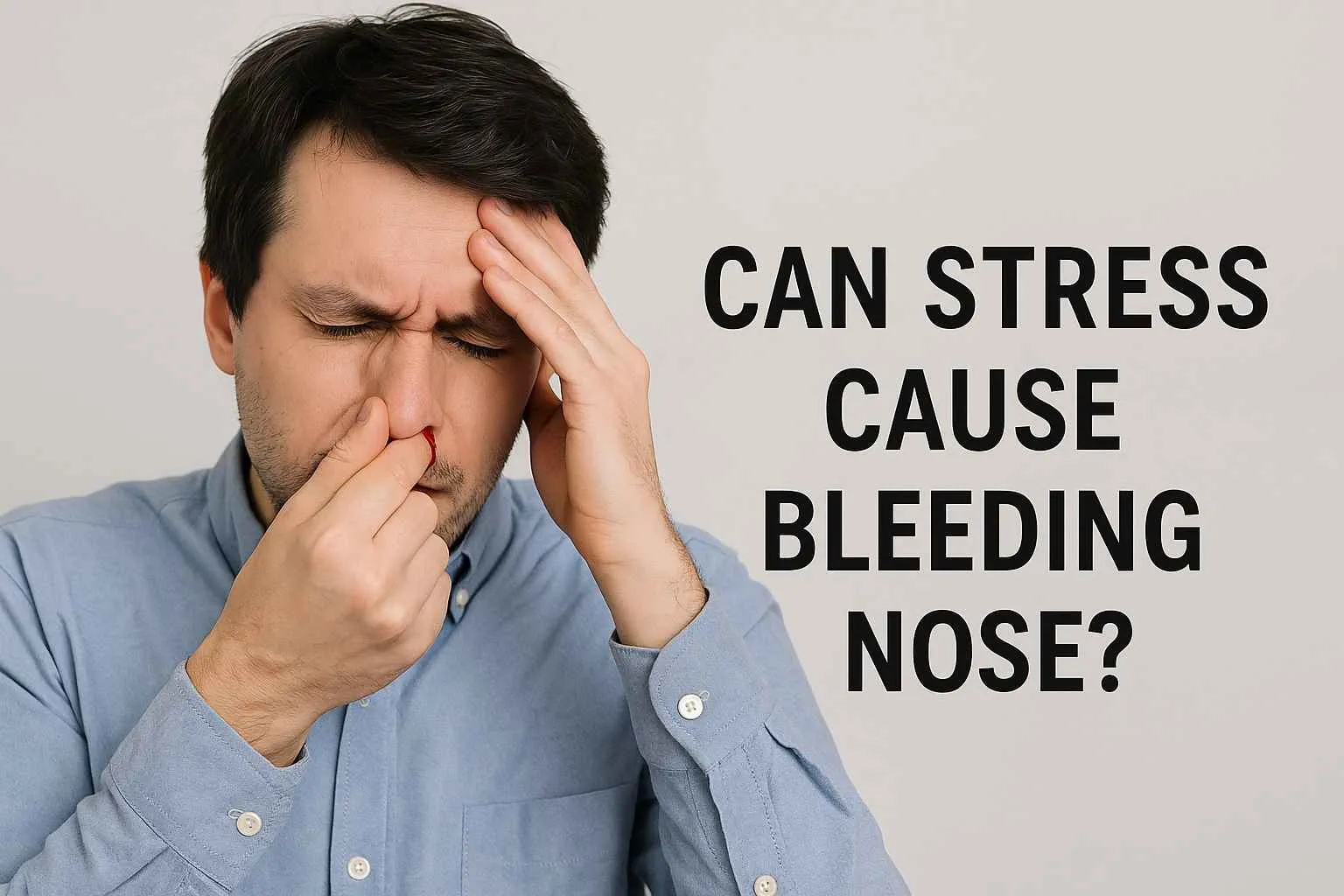Phlegm is a naturally produced lining of mucus-like substance in your mouth, throat, nose, and sinuses. If you're having trouble with excess phlegm, you can read this article on how to get rid of phlegm and when to consult a doctor for phlegm. In this blog, we discuss .how to get rid of phlegm? In general, phlegm is a normal bodily secretion and is not usually a cause for serious concern. However, suppose you have a lot of phlegm that doesn't go away or other symptoms, such as difficulty breathing or a persistent cough. In that case, it's important to see a healthcare provider for proper evaluation and treatment.
What is Phlegm?
Phlegm is a thick, sticky substance produced by the mucous membranes in the respiratory system. It serves several important functions, including protecting the respiratory system from infection, trapping foreign particles such as dust and bacteria, and keeping the airways moist.
Why is phlegm produced?
Phlegm is typically produced in response to an infection or irritation in the respiratory system, and it is often coughed up or expelled through the nose. The color and consistency of phlegm can vary depending on the underlying cause of its production. For example, yellow or green phlegm may indicate the presence of an infection, while clear or white phlegm may be a sign of allergies or irritants.
Causes for excess phlegm production -
Phlegm is typically produced in response to an infection or irritation in the respiratory system. Some common causes of phlegm production include:
-
Infections -
Infections such as the common cold, influenza, and pneumonia can cause phlegm production as the body's immune system responds to the infection. -
Allergies -
Allergies to substances such as pollen, dust, and animal dander can cause the production of phlegm as the body's immune system responds to the allergen. -
Irritants -
Exposure to irritants such as tobacco smoke, air pollution, and chemical fumes can cause the production of phlegm as the body's mucous membranes to try to protect the respiratory system. -
Other medical conditions -
Some medical conditions, such as gastroesophageal reflux disease (GERD), can cause phlegm production due to irritation or inflammation in the respiratory system.
It's important to note that while phlegm is a normal bodily secretion, if you have a lot of phlegm that doesn't go away or if you have other symptoms such as difficulty breathing or a persistent cough, it's important to see a healthcare provider for proper evaluation and treatment.
How to get rid of phlegm?
Following is a list of methods to get rid of phlegm:
1. Stay hydrated
Drinking plenty of fluids can help reduce phlegm and make coughing easier. Water, broth, and warm water with lemon and honey can all be helpful.
2. Use a humidifier
A good humidifier can help add moisture to the air, which can help thin out phlegm and make coughing easier.
3. Try over-the-counter decongestants
Decongestants can help reduce congestion and make breathing easier, which can help reduce the amount of phlegm in your throat.
4. Use a saline nasal spray
This is an effective way to get rid of phlegm. Saline nasal sprays can help thin out mucus and make it easier to clear your nasal passages.
5. Use a nasal irrigation system
A nasal irrigation system, such as a neti pot, can help flush out mucus from your nasal passages.
6. Take a hot shower
The steam from a hot shower can help loosen phlegm and make it easier to cough up.
7. Drink hot liquids
Hot liquids, such as tea and soup, can help loosen phlegm and make it easier to cough up.
8. Try over-the-counter expectorants
Expectorants can help thin out phlegm. However, you should always consult an experienced physician before taking any OTC.
9. Eat spicy foods
Spicy foods can help stimulate the production of mucus, which may help loosen and clear phlegm.
10. Use over-the-counter lozenges
Lozenges containing menthol and eucalyptus can help soothe a sore throat and make it easier to cough up phlegm.
11. Try chest Physiotherapy
Chest physiotherapy, also known as chest physical therapy or postural drainage, involves using techniques such as vibration, coughing, and clapping to help loosen and clear phlegm from the lungs.
12. Take a steamy bath or use a hot compress
The heat and moisture from a steamy bath or hot compress can help loosen phlegm and make it easier to cough up.
13. Try Gargling with salt water
Doctors suggest Gargling with warm water helps to assist in loosening mucus, making it simpler to get rid of phlegm quickly. The research discovered that this straightforward home to cure phlegm also aids in preventing upper respiratory tract infections.
14. Get plenty of rest
Getting enough rest can help your body fight off infections and recover more quickly. So drink plenty of water and keep yourself hydrated to get rid of phlegm.
15. Drink Ginger tea
Ginger contains Natural anti-inflammatory properties that occur in this hot root. A few cups of ginger tea can aid you in eliminating phlegm. Ginger tea shots are a wonderful method to soothe irritated airways and aid in the body's mucus removal process.
When to worry?
In general, phlegm is a normal bodily secretion and is not usually a cause for serious health concerns. However, there are some situations in which phlegm production may be a sign of a more serious underlying condition and warrants medical attention:
1. Persistent phlegm
If you have a lot of phlegm that doesn't go away or a persistent cough that produces phlegm, it's important to see a healthcare provider for proper evaluation and treatment. This is especially true if you have other symptoms, such as breathing issues or chest pain.
2. Changes in the color or consistency of phlegm
Phlegm yellow or green may indicate the presence of an infection, while bloody or rust-colored phlegm may be a sign of a more serious underlying condition such as pneumonia or lung cancer. If you notice any changes in the color or consistency of your phlegm, it's important to see a healthcare provider for proper evaluation and treatment.
3. Shortness of breath
If you have difficulty breathing or are short of breath, it's important to see a healthcare provider as soon as possible. This is especially true if you have other symptoms, such as chest pain or a rapid heartbeat.
4. Fever
If you have a fever in addition to phlegm production, it may be a sign of an infection. It's important to see a healthcare provider for proper evaluation and treatment.
Also Read: 10 Effective Home Remedies for Fever
5. Chest Pain -
If you have chest pain in addition to phlegm production, it's important to see a healthcare provider as soon as possible. Chest pain can signify a serious underlying condition such as pneumonia or a heart attack. It's important to note that these are just a few examples, and any concerns about phlegm production or other symptoms should be discussed with a healthcare provider.
Final Takeaway -
It's important to note that while these home remedies may provide temporary relief, they are not a substitute for proper medical treatment. If you have a persistent cough or a lot of phlegm that doesn't go away, it's important to see a healthcare provider for proper evaluation and treatment.
Also Read How to Make Yourself Sneeze: 15 Tips and Techniques

Reviewed by







